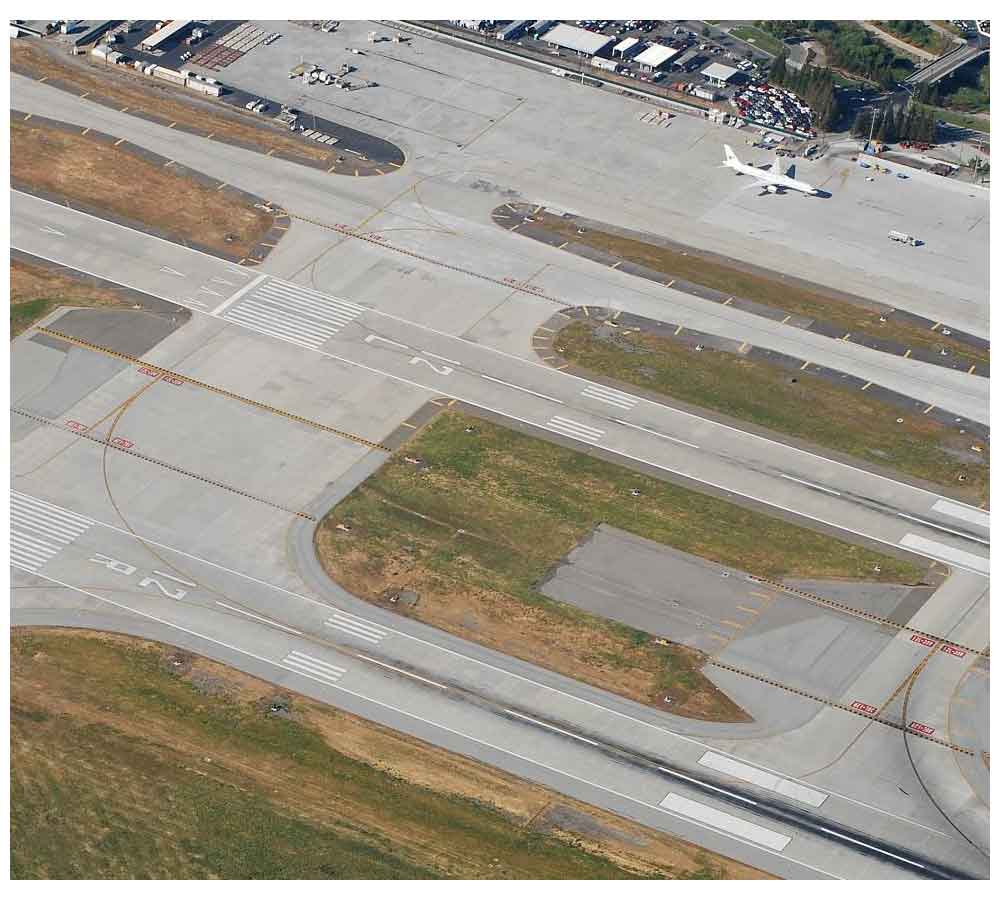Environmental Impact Report/Environmental Impact Statement
Now considered a key transportation corridor for Silicon Valley that supports approximately 120,000 vehicles in each direction every day, State Route (SR) 85 is relatively young compared to most of California’s major roadways. Though right-of-way for this six-lane facility was acquired in the early 1960s and funding made available by a voter-approved sales tax measure (Measure A) in 1984, SR 85 was not open for operation until 1994.
The project involved the construction of a new 18-mile, six-lane freeway with the median reserved for future projects. Principal Project Manager John Hesler worked closely with Caltrans and a variety of technical specialists on completing the environmental review for this intricate project. Due to the sheer length of the highway, the joint Environmental Impact Report/Environmental Impact Statement (EIR/EIS) covered a wide range of impacts, all of which required careful consideration of mitigation measures:
- Hundreds of homes and businesses were acquired and relocated;
- Traffic and circulation patterns were altered, as was the existing character of a number of neighborhoods along the freeway corridor;
- Miles of soundwalls were constructed to mitigate noise impacts resulting from the new freeway; and
- Four riparian mitigation sites, including one over 24 acres in size, were developed to mitigate the highway’s impact on 16 adjacent creeks and waterways.
In addition to these extensive environmental issues, coordination among stakeholder agencies was paramount to the success of the project. The project required approvals from five cities, the Santa Clara County Board of Supervisors, Caltrans, and the Federal Highway Administration. Natural resource protection agencies, such as the Regional Water Quality Control Board, California Department of Fish and Wildlife, and U.S. Army Corps of Engineers, also had approval authority of the project. In addition to managing and preparing the EIR/EIS and numerous supplemental reports, John facilitated meaningful and productive coordination between these stakeholders, many of whom had competing and seemingly incompatible interests. Ultimately this project was a success, and is now an irreplaceable transportation corridor in one of the highest growth regions in the nation.
- New 18-mile, six-lane highway
- Extensive community and agency coordination
- Robust and comprehensive environmental impact mitigation programs
Other Transportation Projects





